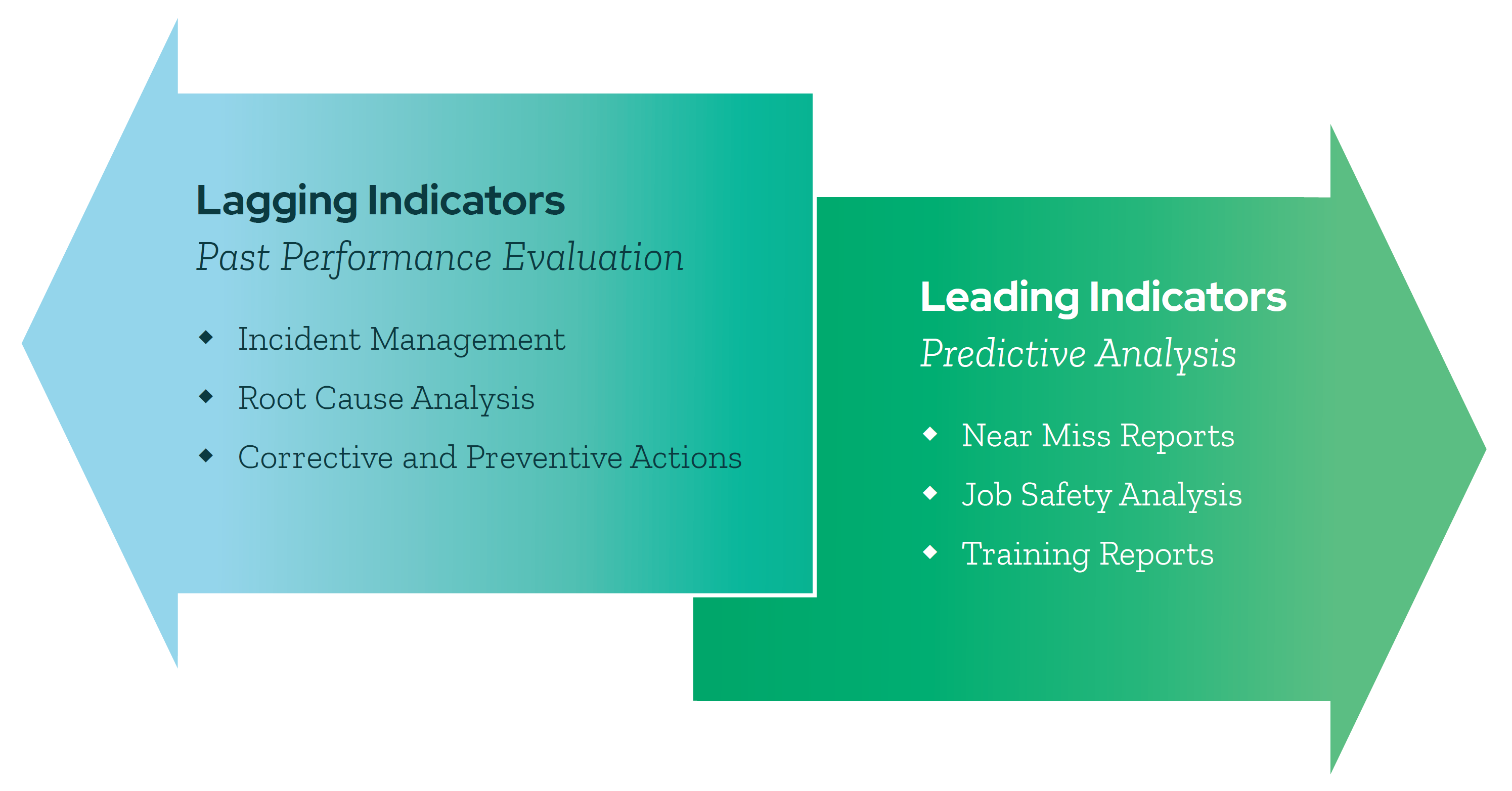Did you know that many companies are now putting more emphasis on preventing serious injuries and fatalities (or SIFs for short) at the workplace?
Although total recordable injury rates have decreased over time, work-related fatalities remain a concern. For nearly thirty years, workplace data has shown total recordable injury rates have more rapidly decreased than work-related fatalities (Bureau of Labor Statistics, 2021a, 2021b).
To address this issue, many organizations have started implementing SIF-PSIF programs that track and analyze near-miss incidents that could have resulted in serious injury or fatality (PSIF) as a leading indicator.
Let’s explore what SIF and PSIF are, how they can be avoided, and provide you with three helpful tips to prevent them. Let’s get started!
What is an SIF?
An SIF is a serious injury or fatality. According to the Campbell Institute, a serious injury is “a permanent impairment or life-altering state, or an injury that, if not immediately addressed, will lead to death or permanent or long-term impairment.”
The terminology was developed in the mid to late 2000s when several industry groups started looking at why fatalities weren’t declining as fast as less serious injuries.
This is a lagging indicator, as this is something that is logged after the event has occurred.
Lagging Indicators vs. Leading Indicators
Most safety data can be put into one of two categories: leading indicators and lagging indicators.

Get the Guide: A Data-Driven Guide to Workforce Safety
Learn how to leverage your safety data and analytics to maintain a safe workplace.
What is a PSIF?
A PSIF is a potential serious injury or fatality. Back to our friends at The Campbell Institute, a PSIF is a “near-miss incident that could have resulted in a serious injury or fatality if not for certain barriers or countermeasures.”
These are often high-risk situations where control measures are absent, ineffective or not complied with, and would potentially result in a fatality or serious injury if allowed to continue.
PSIF is a leading indicator. And a great one to measure.
No matter how low a company’s incident rate is, their workers could still be in danger. That’s why a high PSIF count is a big deal – it means uncontrolled hazards are lurking in the safety program that could lead to a major accident. By taking steps to prevent PSIF incidents, you can ensure that your workers are safe and your organization is prepared to avoid disasters.
Three SIF and PSIF Prevention Tips
Take a Data-Driven Approach to Safety
The Campbell Institute states, “The best foundation for leading indicators is a rigorous EHS management system. Further, a systematic approach focused on risk often results in designing and implementing more effective controls. Without effectively identifying risk, an organization cannot take appropriate action to reduce injuries or prevent SIFs from occurring.”
KPA Flex simplifies data visualization and reporting, giving users easy access to actionable insights into their EHS program performance. Your data is presented in real-time, so no delay or extra steps are required to access the information. The dashboards are configured based on features tailored to your business’s unique requirements, giving you the power to make informed decisions that impact workplace safety.
Visualize EHS Program Data
With KPA EHS data and analytics, you can view metrics, top issues, and compliance percentages in a single view. Our data visualization allows you to capture metrics based on existing client application configurations (no out-of-the-box static reports) and drill down into detailed reports to see more granular underlying data. You can filter your KPA EHS data to quickly identify trends and risk indicators by location or group from training reports.
Generate Flexible Reports
KPA EHS allows you to export reporting data for use in spreadsheet applications or other reporting programs and quickly develop executive-level summaries and reports. Easily share reporting data to encourage all employees to stay committed to safety.
Improve Overall Safety Performance
Use the insights provided by KPA EHS reporting to implement ongoing safety program improvements with data-driven decision-making and a view into leading indicators where potential problems could arise. Our reporting features give you greater confidence that your EHS data is current and accurate.
Let KPA show you how to take a data-driven approach to safety.
Your PSIF Reading List
Want to dig deeper into PSIF management strategies? Here are some great resources to start with:
https://www.ishn.com/articles/112338-tools-for-serious-injury-fatality-prevention
https://incident-prevention.com/blog/learning-from-potential-serious-injuries-and-fatalities/
https://www.wolterskluwer.com/en/expert-insights/sif-prevention-tips
https://www.taproot.com/sifs-psifs-preventing-sifs/
https://www.osha.gov/sites/default/files/publications/osha3132.pdf
https://ohsonline.com/articles/2021/07/28/focusing-on-fatal-risk.aspx
https://www.urbint.com/blog/what-are-the-most-important-worker-safety-kpis
